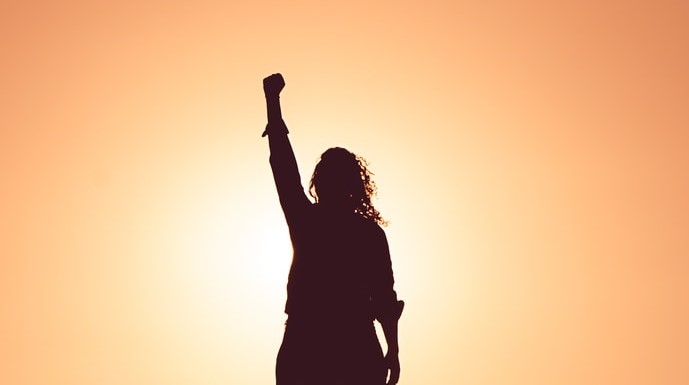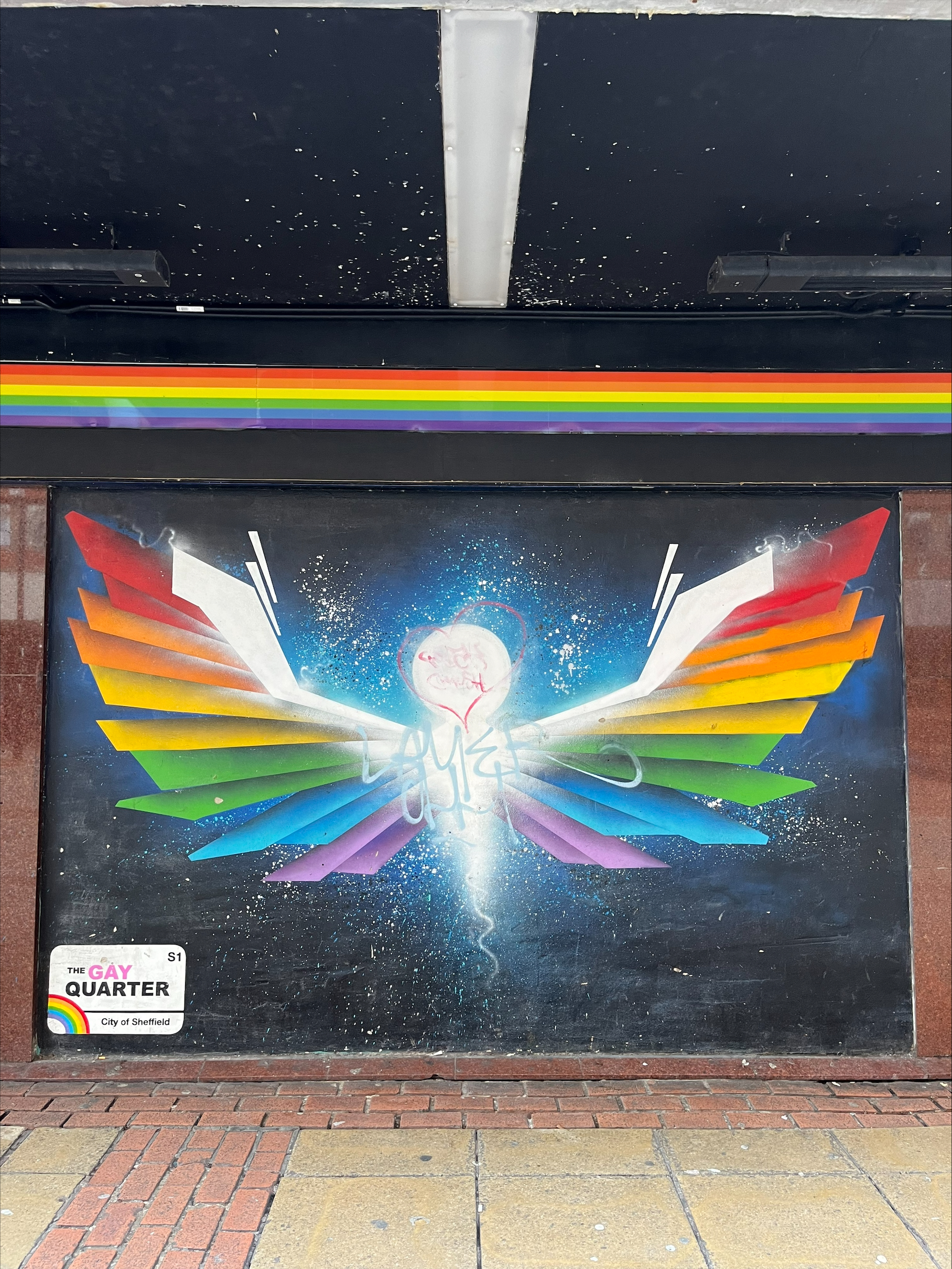(Credit: Miguel Bruna via Unsplash)
The history of IWD signifies the sustained efforts of women in overcoming adversity, discrimination and asserting their place in society.
In 1909, on February 28th, the first Women’s Day was held in New York City by the Socialist Party of America at the suggestion of the Head of the party’s Woman’s National Committee, Theresa Serber Malkiel. Malkiel was an activist, suffragist and educator who championed the rights of women, believing that her party could not succeed if women were not perceived as equal within it. She fought for the rights of women, both working and non-working, and challenged racist ideologies within her own party to strive for equality. The actions of Malkiel would set the tone for the annual event that would spring off from this demonstration, International Women’s Day.

Theresa Malkiel
International Women’s Day was officially founded in 1910 by Clara Zetkin, and was first celebrated in 1911 in Austria, Denmark, Germany and Switzerland. The first UK Women’s Day event was held in 1914 in Trafalgar Square – a march in support of woman’s suffrage that protested against the first world war. It was widely adopted in 1967 as part of the feminist movement and officially recognised by the United Nations as a holiday in 1975.
Since then, things have changed significantly and IWD has been used to highlight various problems faced by women.
Freelance journalist and primary school teacher, Unaisa Baker, 21, from Redbridge, London spoke about the importance IWD holds for her. She said “I think it’s very important. I think there are very few opportunities for women to be recognised generally and especially worldwide. I think it’s very important because it’s very rare that we’re recognised anyway without males by our sides.”
When speaking on the event’s historical effect, Unaisa said, “I think that it’s gotten better over time, the effort put into it has increased. Five years ago, when it was International Women’s Day, I don’t remember much being done. It was just kind of… I’ll post it on social media and talk about it. I think it’s definitely become a bigger deal. It’s become more recognised internationally across different countries, not just European countries”
She noted further that the event is vital to her, saying “I think it’s empowering for me personally, to be able to see such coverage and recognition for my gender. It’s encouraging, it’s inspiring and it’s motivating to understand that whatever I do, it’s recognised and encouraged.”
While there has been progress made on social issues affecting women, there is still much work to be done.
The theme for 2021’s event is “choose to challenge”, with the United Nations notably focusing on women in leadership roles. Currently, over 20 women occupy leadership positions around the world with their being 90 elected leaders since 1960 when the first female leader, Sirimavo Bandaranaike, was elected in Bangladesh (then known as Ceylon). While women have come to occupy more positions of power, with nations like New Zealand and Germany having political representation in the form of leaders Jacinda Ardern and Angela Merkel, many still face discrimination across the globe.

For example, IWD marches have been attacked by those who oppose these demonstrations several times over the past ten years – In Egypt, in 2011, hundreds of men harassed the women’s march in Cairo as the police and military observing the event stood by, and in Pakistan, in 2020, the Aurat march was attacked by people throwing stones after a failed attempt to have the parade banned. In Mexico, nearly 80,000 people took part in a march to bring attention to rising levels of violence against women, but this too was attacked and more than 60 people were left injured in the aftermath – with reports of petrol bombs and police using tear gas.
Despite increased advocacy for women’s rights, many are still left unprotected – such as working mothers. According to the PregnantThenScrewed organisation, working mothers, by the time their first child is aged 12 or older, earn 33% less than men. Additionally, research from the Equality and Human Rights Commission in 2015 found that 20% of working mothers were subjected to harassment or negative comments from their colleagues, employers or managers when pregnant or returning from maternity leave – close to 390,000 women. According to Payscale, women made only $0.81 for every dollar a man makes in 2020.
International Women’s Day has become increasingly more mainstream, and as such, has become a target for brands and their PR campaigns. While largely harmless, these campaigns occasionally provide examples of how necessary the messages of campaigns like IWD are, and how these brands can unintentionally and bemusingly perpetuate harmful stereotypes.
Women belong in the kitchen.
— Burger King (@BurgerKingUK) March 8, 2021
https://twitter.com/BurgerKingUK/status/1368849339607638017
The intention behind this thread, which seems tries to encourage parity between men and women within the food industry, has backfired in the eyes of many. The brand’s use of a stereotypical phrase, often utilised by sexist trolls, to lure people into their secondary tweet may have attracted attention and very quickly trended over Twitter, but has sparked fierce debate online and arguably proved detrimental for the movement they are advocating for.
This tweet has 22,000 retweets.
Your reply tweet has 1,000 retweets.
This is why using sexist remarks as bait is a dumb, dumb idea. The majority of people aren't seeing your positive reply. They're just seeing a sexist comment made by a brand account.
— Ryan Brown 🎮 (@Toadsanime) March 8, 2021
Senior PR Account Executive, Jessica Pardoe, 23, when speaking about IWD, said “I think it’s great for celebrating women, but I don’t love how commercialised it’s become in the last few years. A lot of brands seem to be jumping on it for the sake of it, and for a shot of marketing rather than for genuine compassionate reasons.”
IWD has met opposition through its history, from those who have ignored female voices in the past, to those who have attempted to silence proponents of the movement through violence, to derisory comments from sexists, and even become subject to franchises seemingly appropriating the movement for free press. Despite this, the event and those in support of it continue to go strong and has served as an important part women’s history.
IWD has contributed significantly to the acknowledgement and development of women’s rights and amplification of their voices in its 110-year history, but it’s clear to many that there is still a long way to go until equality for women is achieved, and that more must be done to attain this.




